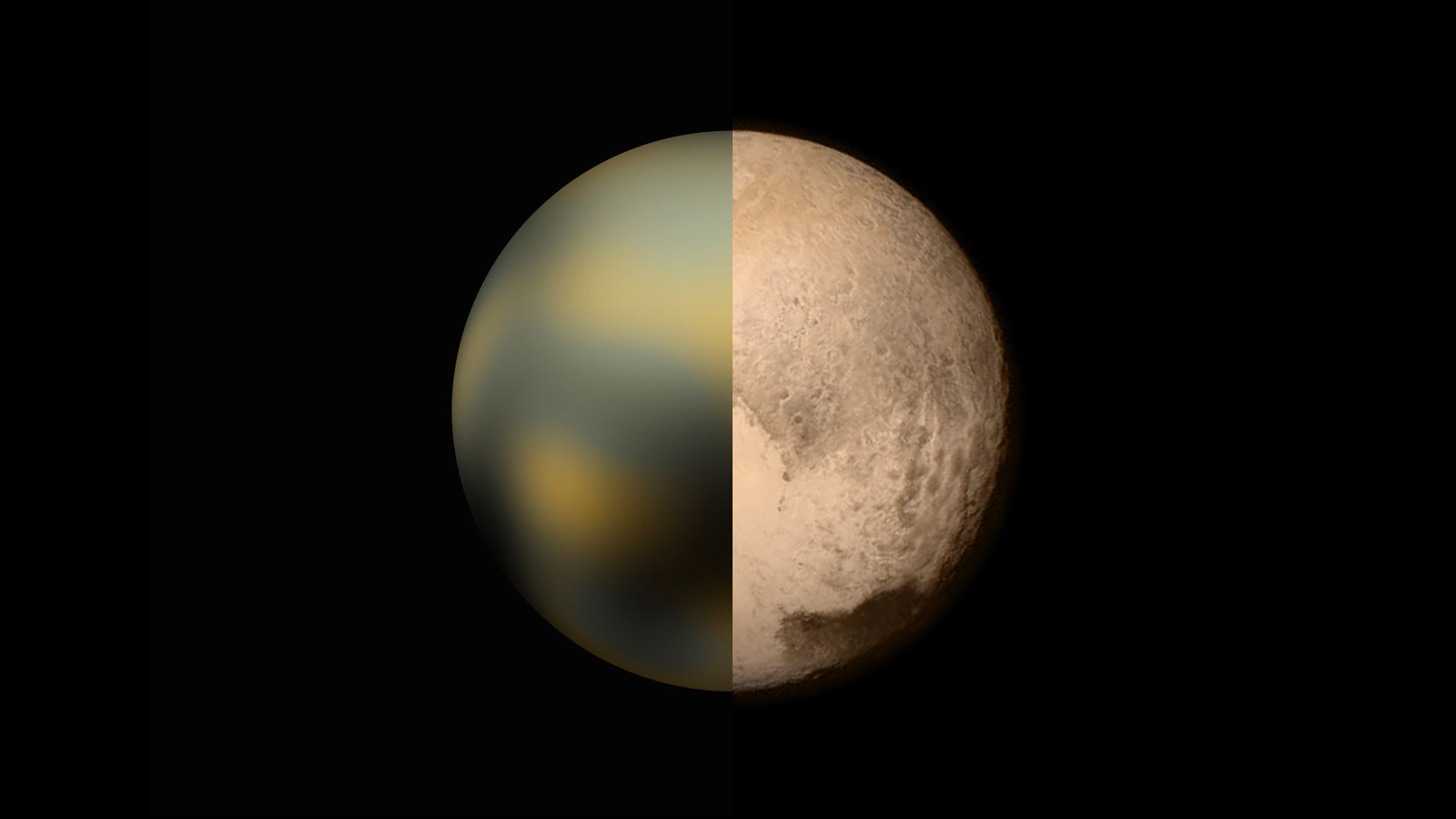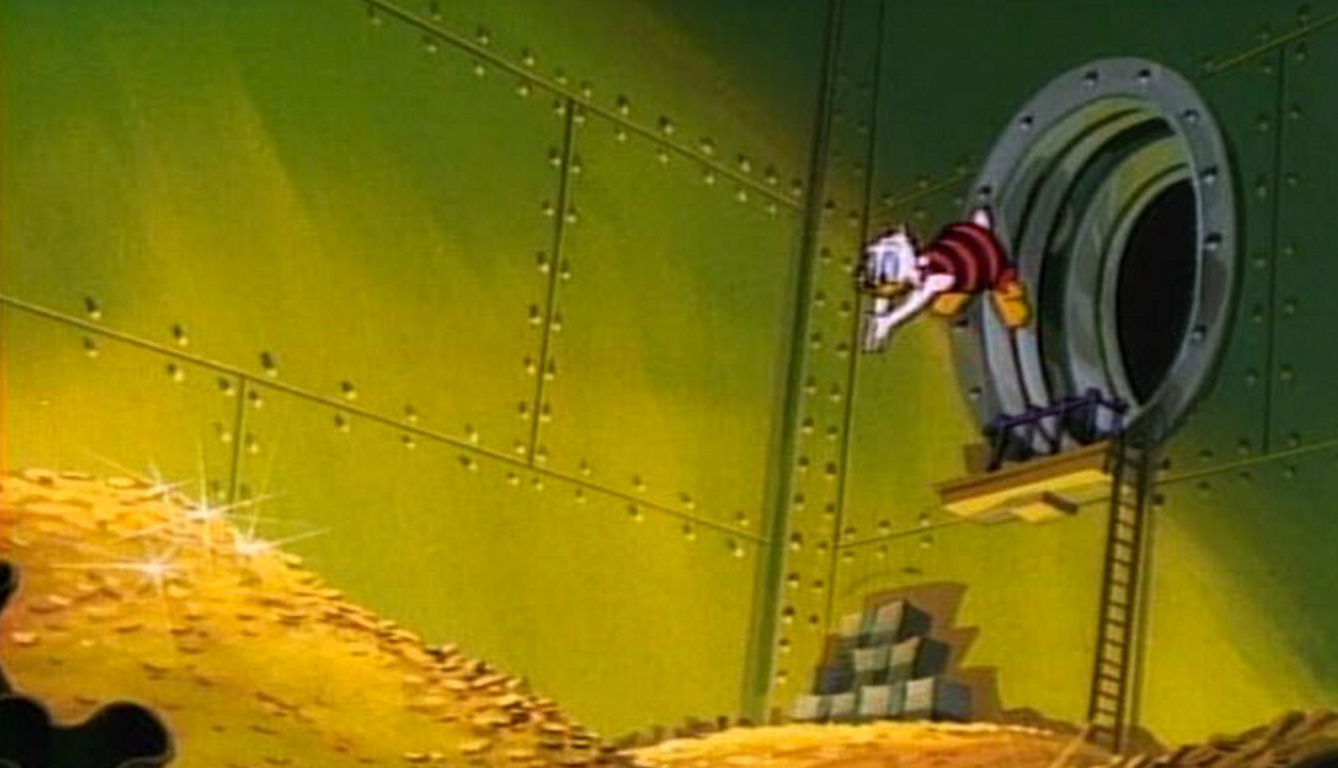It’s autumn now, and the trees outside my window have already burst into brilliant shades of yellow and red. Soon their gorgeous leaves will fall to earth, ready to be raked, bagged, and shipped off to Pacific Region Compost.
It seems a little wasteful; these trees have put a surprising amount of energy into growing something that only lasts for six or seven months. In a 2002 study, researchers looking at 14 California blue oaks found that, by July, each of those oaks had invested about 6.6 kg of new plant material in their leaves. (This is dry mass, not including the ~85% of the leaves that were water.) One outlier had 29 kg of dry leaf mass, which in life could have weighed about a quarter-ton.
6.6 kg (or even 29 kg) might seem like chump change for a tree weighing several tons, but remember that trees need hundreds of years to get that big. Annual tree growth can be measured in the low tens of kilograms per year . . . so that extra 6.6 kg of leaf-matter represented a significant fraction of the tree’s net production, poured into something that it would soon toss aside like so much trash.
Continue reading “The Secret Lives (and Deaths) of Leaves”



